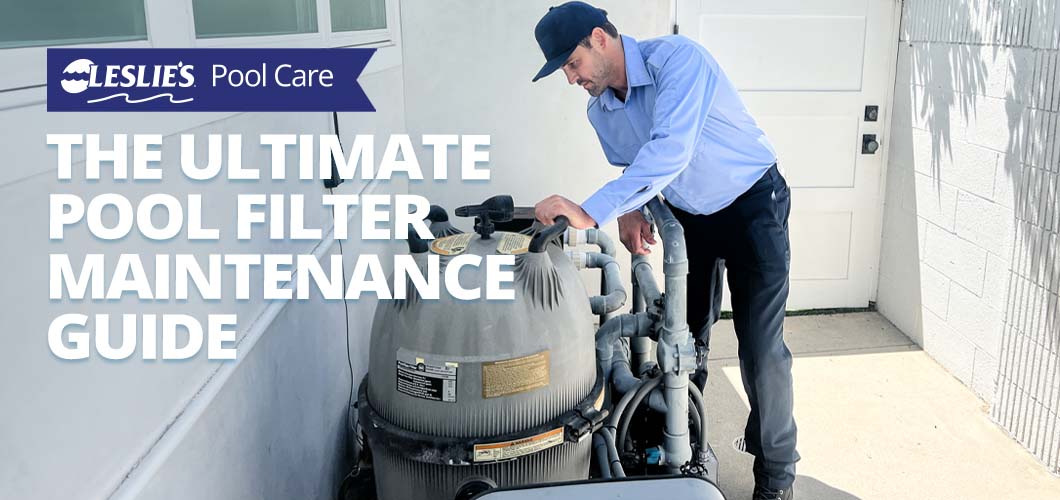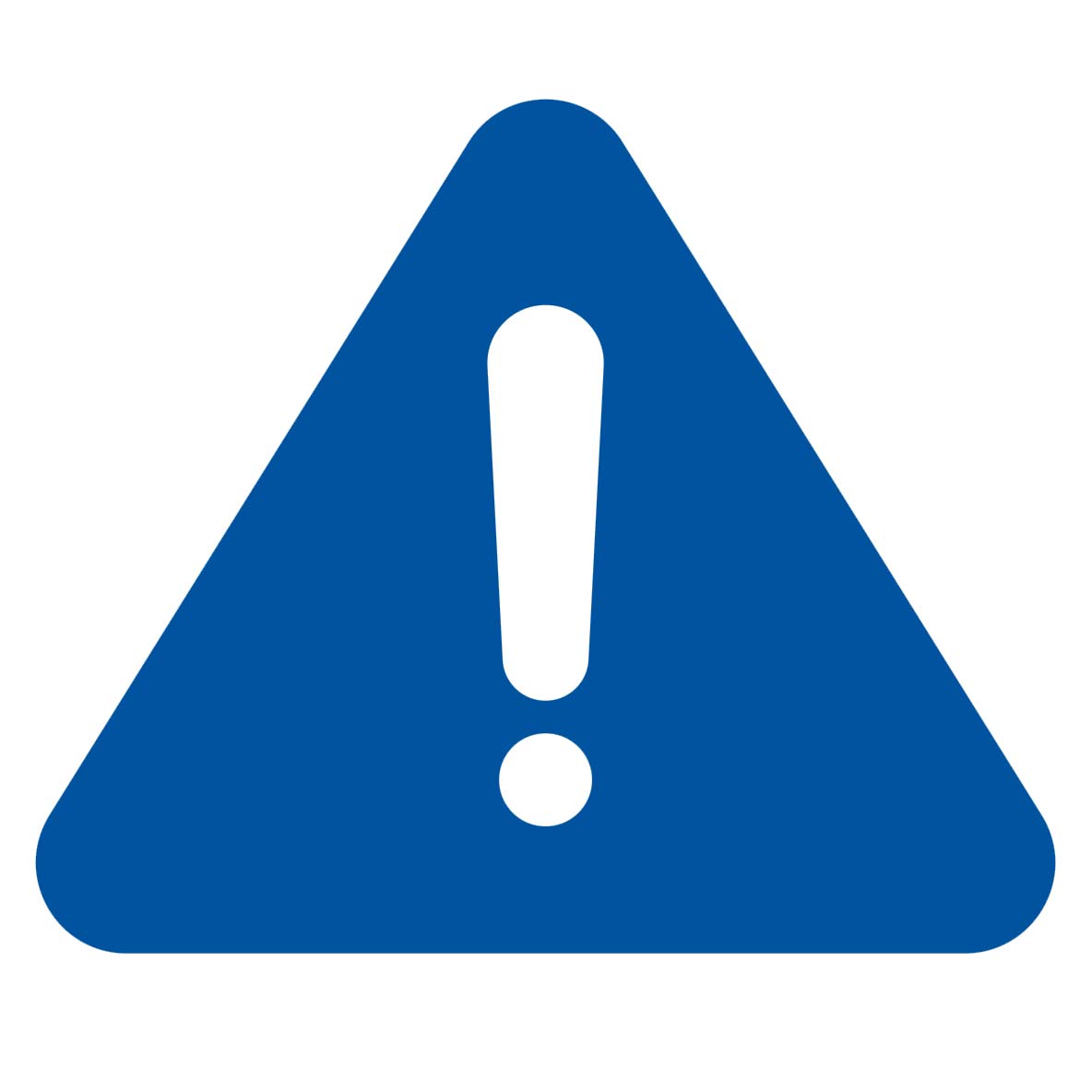
The Ultimate Pool Filter Maintenance Guide
As a pool owner, you know the joy of crystal-clear water on a hot day. But behind that inviting blue lies an unsung hero: your pool filter. Your pool filter works tirelessly to trap particles as small as 3-5 microns, ensuring your water stays clean and safe. Many pool owners overlook pool filter maintenance until problems arise. By understanding and caring for your filter, you can prevent issues before they start.
Types of Pool Filters

There are three main types of pool filters, each with its own benefits:
- Sand Filters: Cost-effective and use specially graded sand to catch contaminants.
- Cartridge Filters: Environmentally friendly, using pleated polyester fabric without the need for backwashing.
- D.E. (Diatomaceous Earth) Filters: Offer superior filtration using fossilized algae powder, though at a higher cost.
The Pressure Gauge: Your Filter's Communication Tool
The pressure gauge on your filter is a key indicator of its performance. When you install a new filter, note the baseline pressure. As debris accumulates, the pressure will increase. Clean your filter when the pressure rises 8-10 PSI above the baseline. However, always refer to your manufacturer's instructions, as some may recommend different pressure ranges for cleaning.
If your pressure gauge gets stuck or gives inaccurate readings, it's time for a replacement. When the pump is off, the gauge should read "0." If not, replace it to ensure accurate monitoring.
Seasonal Pool Filter Maintenance Schedule
A proper maintenance schedule helps your pool filter work efficiently all year round. Here's a detailed look at the maintenance tasks you need throughout each season.

Spring Filter Preparation
Pool season begins in spring, and your filter system needs proper preparation.
- Inspect equipment for wear, especially O-rings and pump connections.
- Clean or replace cartridge filters.
- Check the pressure gauge, which typically lasts 3-5 years.
Summer Filter Maintenance
Your filter needs extra attention during peak swimming season.
- Clean your filter when pressure rises 8-10 psi above normal.
- Rinse cartridge filters every 2-4 weeks.
- Deep clean cartridge filters monthly.
- Backwash D.E. filters as needed.
- Backwash sand filters based on pressure readings.
Fall Filter Care
Swimming season slows down in fall, and debris prevention becomes the priority.
- Focus on debris prevention as swimming season winds down.
- Regularly clean strainer baskets.
- Remove leaves before they clog your system.
- Inspect and address filter issues before winter.
Winter Filter Protection
Good winterization keeps your filter safe from cold weather damage.
- Drain the filter completely to prevent freeze damage.
- Store components in a dry area.
- Thoroughly backwash sand and D.E. filters.
- Clean and dry cartridge filters before storage.
Year-Round Tasks
Some tasks remain important whatever the season.
- Monitor water chemistry monthly in winter and more frequently during peak use.
- Replace cartridge filters every 2-3 years.
- Replace sand every 3-5 years.
PRO TIP: Too much backwashing can hurt filter efficiency. Some debris buildup helps sand filters catch smaller particles by creating rough edges. Focus on steady pressure readings and fix performance issues quickly.
How to Clean Different Types of Swimming Pool Filters
Your pool filter needs specific cleaning methods that depend on its type. Here's a look at the quickest ways to clean each filter system.
Cartridge Filter Cleaning
- Clean when pressure rises 8-10 psi above normal.
- Turn off pump and release air relief valve before removing the cartridge.
- Inspect for damage before cleaning.
- Use a garden hose with a spray nozzle at an angle to avoid material damage, or use a designated cartridge cleaning nozzle.
- For stubborn debris, soak overnight in a specialized cleaning solution.
Sand Filter Maintenance
- Backwash when pressure gauge reads 8-10 psi above starting pressure.
- Backwash for 3-5 minutes to remove large debris.
- Turn off pump before switching back to "Filter" mode.
- Add filter cleaner to the strainer basket, run pump for 10-15 seconds.
- Let the solution soak for at least 8 hours.
D.E. Filter Care
- Clean monthly or when water appears cloudy.
- Start with a backwash and open the air relief valve.
- Drain completely, remove clamps, and access manifold and grids.
- Use D.E. cleaner for tough grime.
- Rinse thoroughly with a garden hose.
- Reassemble, add fresh D.E. powder, and run pump for at least 30 minutes.
Essential Cleaning Tips
- Monitor pressure gauge to know when cleaning is needed.
- Deep clean cartridge filters 1-2 times per year.
- Sand filters need chemical cleaning twice a year.
- D.E. filters in year-round pools require chemical cleaning 4 times per year.
- Proper reassembly is key for efficient filtration.
Troubleshooting Pool Filter Problems

Your pool filter's problems usually point to deeper issues that you can't ignore. A good understanding of these common problems will help you keep your filtration system running smoothly and avoid getting pricey repairs.
Low Pressure (5 psi below normal)
- Causes: Clogged pump/skimmer baskets, damaged impellers, air leaks.
- Fix: Clear debris, check for leaks, inspect impeller.
High Pressure (10 psi above normal)
- Causes: Dirty filter media, closed return valves, broken filter parts, lime buildup in heater.
- Fix: Clean filter, open return valves, check for damage.
Air Leaks & System Issues
- Small leaks: Cause air buildup, reducing flow.
- Large leaks: Prevent pump priming, leading to system failure.
Pressure Gauge Maintenance
- Tap stuck gauges gently.
- Gauge should drop to zero when the pump stops.
- If stuck at zero, clean the air bleeder assembly.
Filter Leaks
- Fix clamp band leaks immediately.
- Lubricate O-rings for bulkhead leaks.
- Cracked filter tanks = replace, not repair.
Consistent filter maintenance is key to enjoying a clean, safe pool and extending the life of your equipment. By incorporating these practices into your routine, you'll ensure your pool remains a source of enjoyment for years to come. For more information, stop by your local Leslie's and speak with one of our pool experts about all things filter care. Or, schedule a service appointment online and have one of our certified technicians come out to your home.